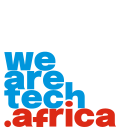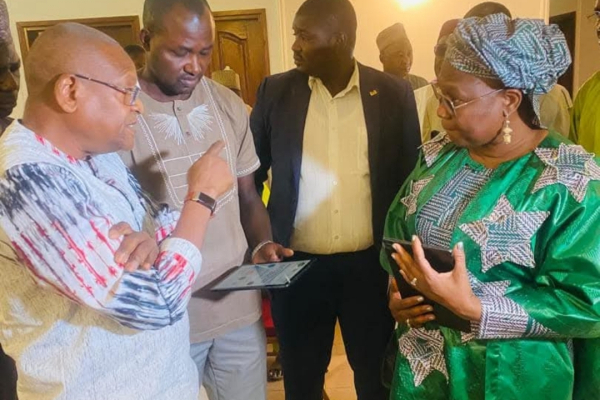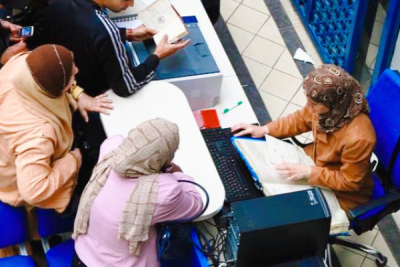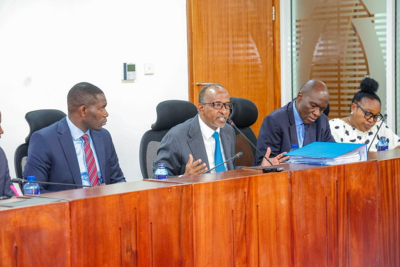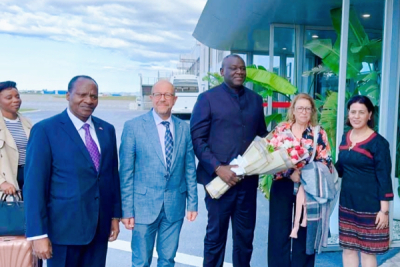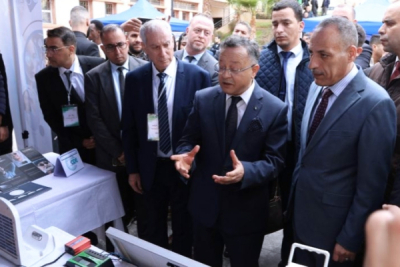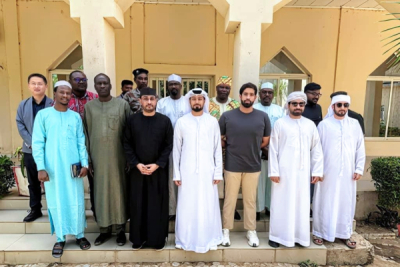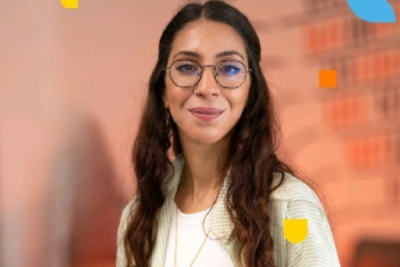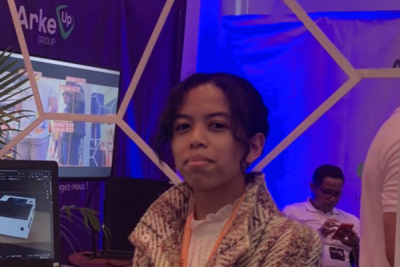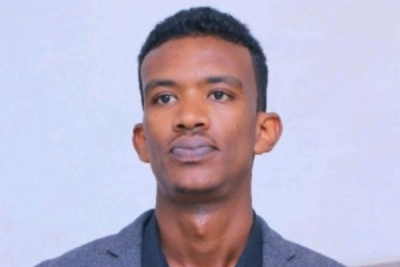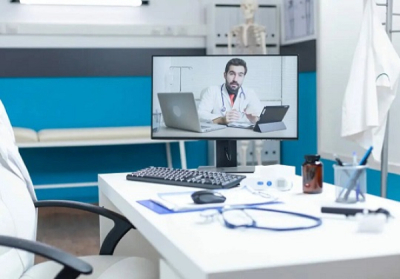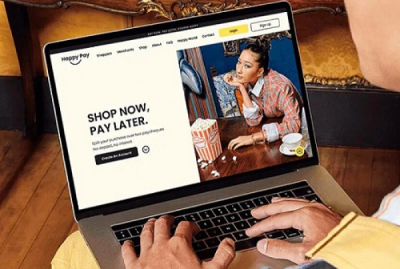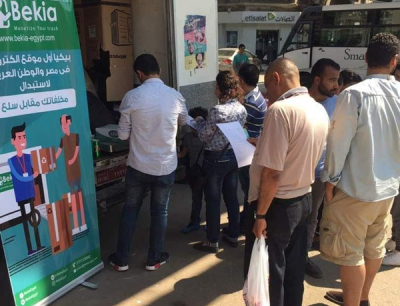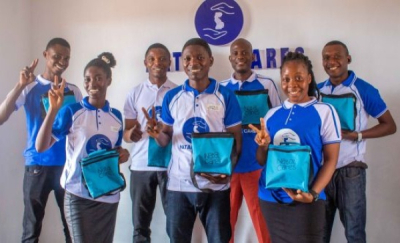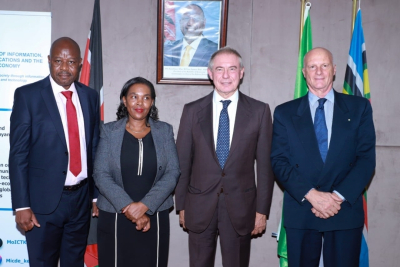Information and communication technologies (ICT) enhance creativity and learning from preschool and primary levels. However, in Africa, digital integration in education remains limited due to a lack of preparedness for its adoption in early learning.
The Nigerien government has launched an ambitious program to equip over 7,000 teachers with educational tablets, aiming to improve teaching skills and student monitoring, particularly in remote areas. On Friday, February 14, Elisabeth Sherif, Minister of National Education, Literacy, Vocational Training, and Promotion of National Languages, visited the Niger-LIRE project headquarters to assess progress on the "One Teacher, One Tablet" initiative, which seeks to digitize education.
"These tablets contain dynamic content tailored to all regions, including the most isolated ones," explained Aboubacar Mamadou Diakité, Director of Statistics and New Technologies at the Ministry of National Education. "They have long battery life and come with 21,000 mAh power banks, allowing up to a week of use without recharging." He also announced the arrival of an additional 3,400 tablets under the project.
"One Teacher, One Tablet" is part of LIRE (Learning Improvement for Results in Education), a $140 million World Bank-funded government program. It aims to modernize education through digital tools to improve student outcomes, addressing Niger's historically low integration of technology in classrooms.
The initiative seeks to enhance teaching conditions and make learning more interactive through resources such as video lessons, interactive materials, teaching guides, practical exercises, and digital assessment tools. The tablets will also help teachers diversify their teaching methods and provide structured support, especially in regions with limited access to textbooks and specialized training.
This initiative aligns with the African Union’s Digital Education Strategy (2023-2028), which encourages member states to develop national policies for digital transformation in education. By 2027, the strategy aims to ensure that at least 50% of schools across the continent have reliable and affordable high-speed internet (less than $25 per Mbps per month). It also targets providing digital devices to 20% of students and 50% of teachers by 2027, expanding to one-third of students and all teachers by 2030.
Samira Njoya
